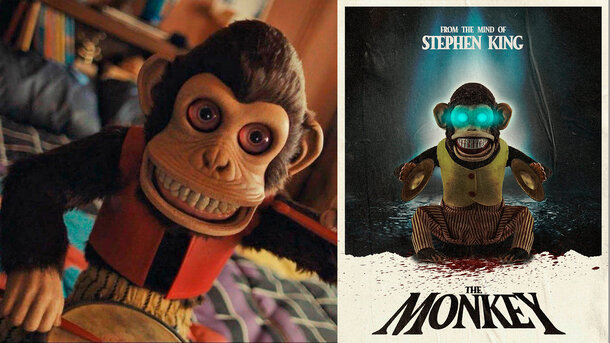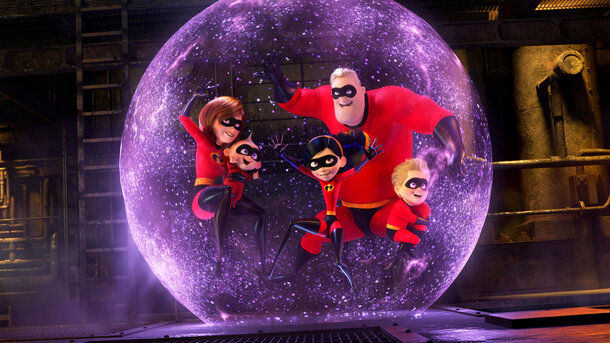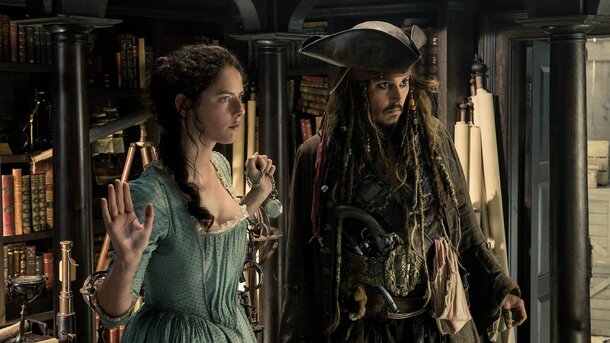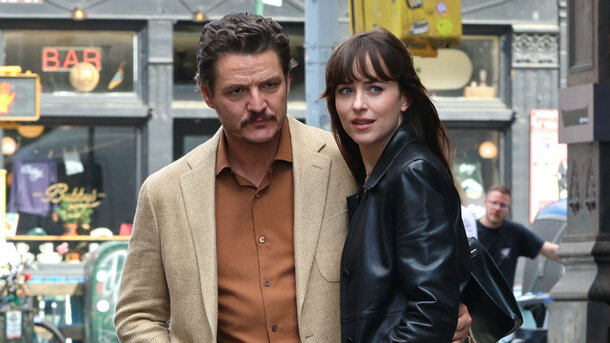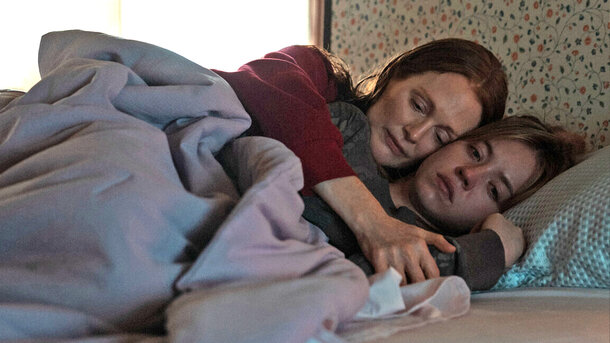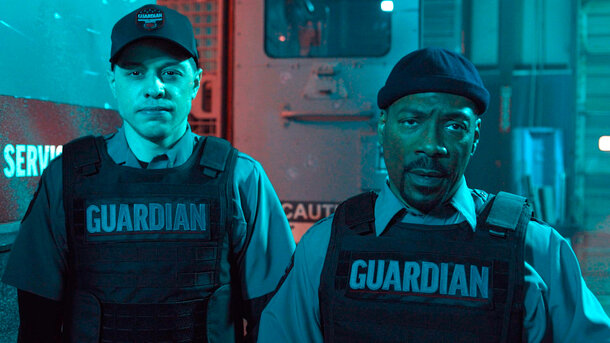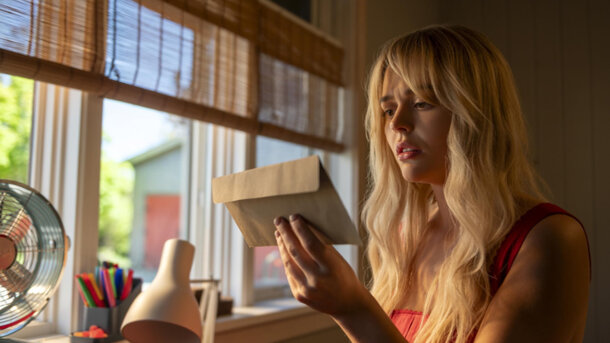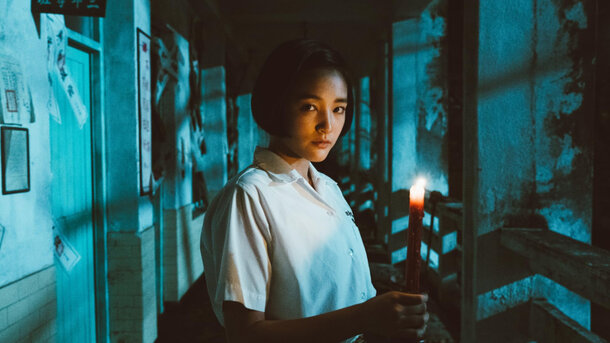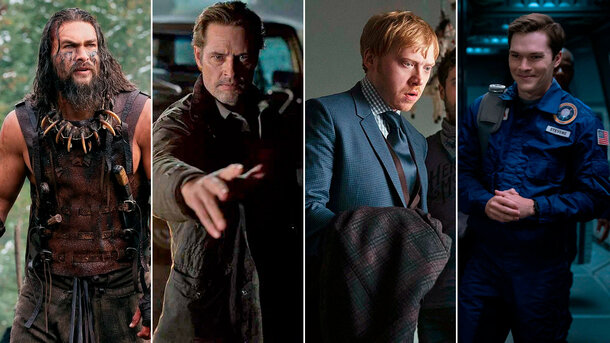Stephen King is a master of horror, and adaptations of his works are released with remarkable regularity. Currently showing in cinemas is The Monkey — a fresh horror film by Osgood Perkins, based on the author's short story from the Skeleton Crew collection. The tale of a sinister toy that brings death largely stays true to the original but does come with some notable changes. Let’s explore how the film differs from the source material.
Where did the cursed toy come from?
The film gives the monkey a backstory. It originally belonged to the protagonists' father, Pete, a pilot who acquired it on a trip. Realising its terrifying power, he tried to get rid of it but failed, eventually leaving his family.
In the short story, the monkey's origins remain a mystery. All that is known is that the brothers' father was a sailor who disappeared when they were young.

The brothers’ ages: not just a minor detail
In the film, Hal and Bill are twins, whereas in the story, Bill is two years older.
Changes to the family dynamic
In the adaptation, Hal has a teenage son, Pete, with whom he has a strained relationship. In the short story, Hal also has children, but there are two — nine-year-old Peter and his older brother Dennis.
A new death melody
In the short story, the monkey clashed its cymbals together, but in the film, it plays with drumsticks instead.
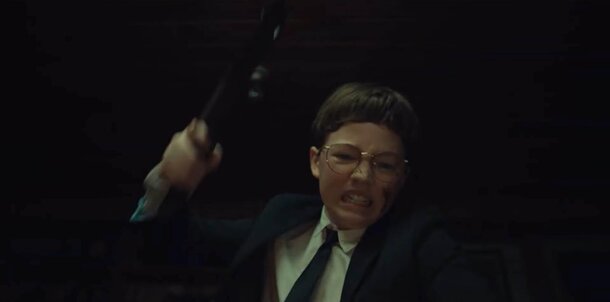
The film is more gruesome
King opted for a 'mundane' realism in the death scenes, with characters dying in accidents or from heart attacks. The film, however, features more graphic moments, including fishing hooks, burning heads, and severed limbs.
Changes to the characters
The cast of characters has changed. Some from the original story have been removed, while new ones have been introduced — for example, Terry’s husband (played by Elijah Wood) and Bill’s assistant, Ricky.
The main villain isn’t just the monkey
The film adds a surprising twist: Bill becomes a full-fledged antagonist. In childhood, Hal once activated the monkey out of resentment towards his brother, but their mother became the victim. When Bill learns of this, he seeks revenge, using the toy to kill. In the short story, however, the manipulator was the monkey itself.

The final brotherly battle
In the film, the brothers reconcile at the end, but this does not save Bill — the monkey kills him. In the short story, Bill survives.
What happened to the monkey?
In the short story, Hal and his son sink the toy in a lake, but not before it kills hundreds of fish. In the film, Hal decides to keep the monkey within the family to prevent it from harming anyone else.
Apocalypse? Seriously?
The film goes even further — the ending hints that Bill’s mass killings have triggered a sort of end of the world. One of the final shots shows a mysterious horseman, resembling Death itself. In King’s original story, there was no mini-apocalypse.
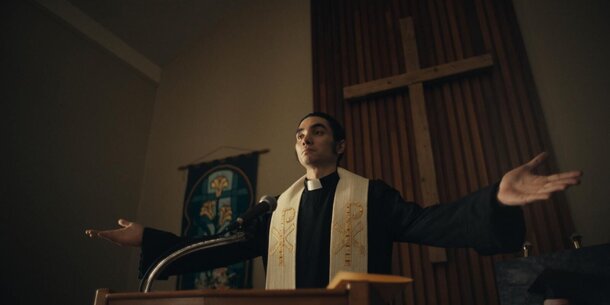
The Monkey is a rare case where an adaptation takes King’s story as a foundation but expands it into something larger and bloodier. Whether this is for better or worse is debatable, but the changes have certainly given the film a unique identity.
